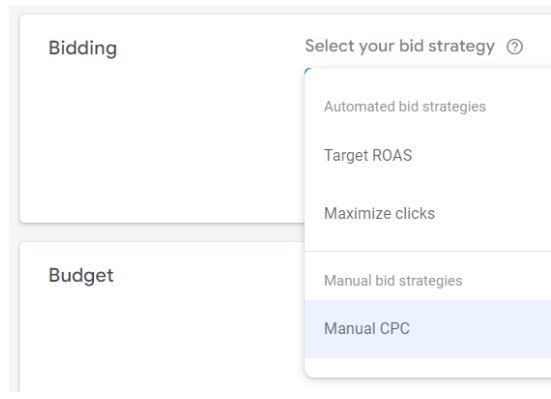As the holiday season approaches, retailers are gearing up for the busiest time of the year. To meet the surge in customer demand, a strong supply chain is essential—not just for efficiency, but also for enhancing customer satisfaction. Forward-thinking brands are already deep into their holiday preparations, focusing on building a resilient supply chain that can weather any disruption.
The Importance of Supply Chain Resilience
According to an IDC study, retailers are making significant strides to enhance their supply chain resilience by focusing on three key strategies:
1. Increasing Supply Chain Visibility
2. Diversifying Suppliers
3. Utilizing AI to Boost Efficiency
1. Better Visibility Is Key to Supply Chain Resilience
Improving visibility across the supply chain is crucial. Retailers need to monitor products from the source to their final destination, gaining real-time data on inventory levels, order statuses, and the movement of goods. Many supply chain leaders identify enhanced visibility as a top priority, and for good reason. Greater transparency allows for quick identification and resolution of potential disruptions, making supply chains more adaptable and responsive.
To boost supply chain visibility, retailers should consider:
– Real-Time Tracking: Implement systems that monitor products throughout their journey.
– Data Analytics: Leverage analytics to gain insights into supply chain performance and customer behavior.
– Agile Response Times: Develop the capacity to respond swiftly to disruptions or changes in demand.
– Integrated Planning: Align planning processes to ensure smooth information and material flow.
– Predictive Analytics: Utilize predictive analytics to foresee future challenges.
2. Diversifying Suppliers
Relying on a single supplier can create vulnerabilities. Diversifying suppliers is vital for minimizing risks associated with supply chain disruptions. According to IDC, 34% of supply chain leaders view supplier constraints as a major challenge. A broader network of suppliers can provide a buffer against delays and shortages.
Retailers can diversify their suppliers by:
– Global Sourcing Strategies: Expand supplier networks globally to mitigate local disruptions.
– Balancing Supply Sources: Create a mix of suppliers across various regions for increased reliability.
– Supplier Capability Insights: Collect detailed information about supplier capabilities to inform decisions.
– Collaborative Risk Mitigation: Partner with suppliers to develop strategies for managing risks.
– Flexible Agreements: Establish adaptable contracts to respond to changing market conditions.
– Performance Monitoring: Regularly assess supplier performance to ensure quality and reliability.
– Diversifying Logistics Channels: Expand logistics options to better adapt to challenges.
3. Using AI to Strengthen Supply Chains
AI technologies are transforming supply chain management. By automating processes and improving efficiency, AI helps retailers analyze data to predict buying trends, align stock levels, and identify inefficiencies. Enhanced demand forecasting capabilities provide retailers with accurate insights into future sales.
AI can be utilized in various ways, including:
– Supplier Insights: Gain deeper insights into supplier capabilities to streamline selection.
– Optimized Fulfillment: Synchronize end-to-end processes for smoother fulfillment.
– Automated Classifications: Speed up product introductions and assortments through automation.
Real-World Example of Retail Resilience
Building supply chain resilience is not without its challenges. Issues like technology integration and cost can hinder progress. However, strategic partnerships and investments in the right technologies are vital for overcoming these hurdles.
For instance, Swiss retailer COOP partnered with SAP to enhance its supply chain capabilities. Using SAP’s Predictive Replenishment, COOP optimizes order proposals to ensure inventory levels align with demand. Additionally, SAP’s Order and Delivery Scheduling automatically determines the most efficient order cycles.
Conclusion
As the holiday season draws near, the pressure on retailers to deliver is mounting. Building a resilient supply chain has become a necessity for staying competitive and meeting customer expectations. By focusing on enhancing visibility, diversifying suppliers, and leveraging AI technologies, retailers can navigate the challenges of the holiday season with confidence. Investing in these strategies not only ensures a successful holiday but also positions businesses for long-term success in an ever-evolving retail landscape.
Are you ready to disrupt supply chain disruptions? Predictive technologies can strengthen your supply chain, boost efficiency, and keep customers satisfied. Learn more about how top retailers are tackling industry challenges and staying ahead of the competition.











Leave feedback about this